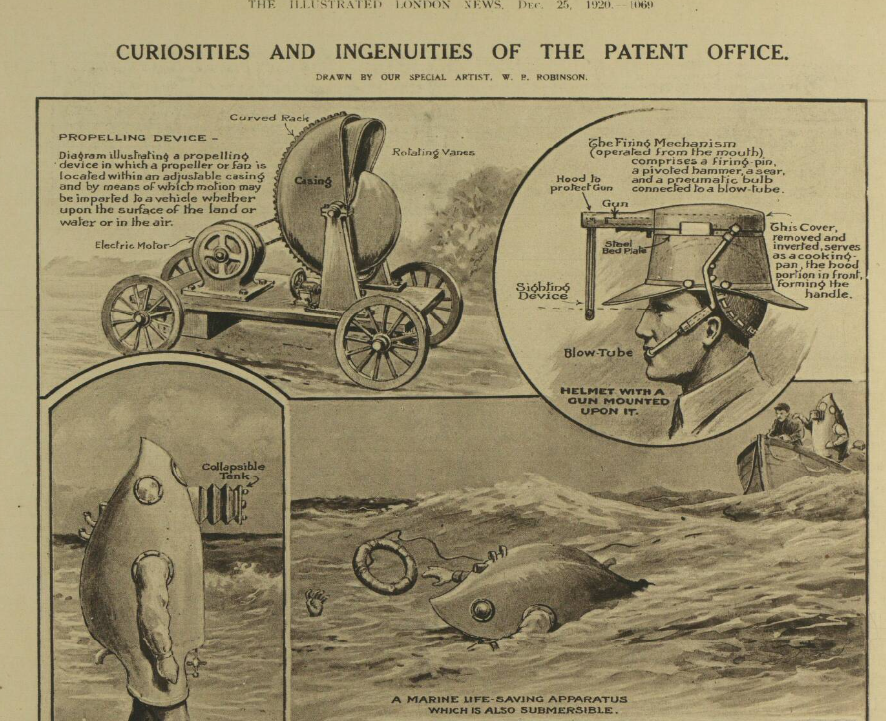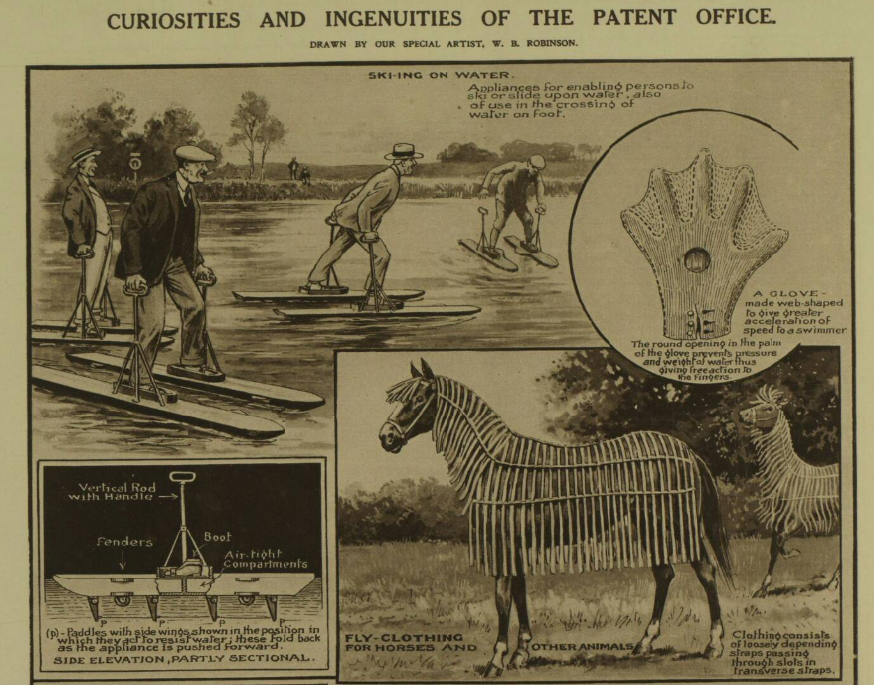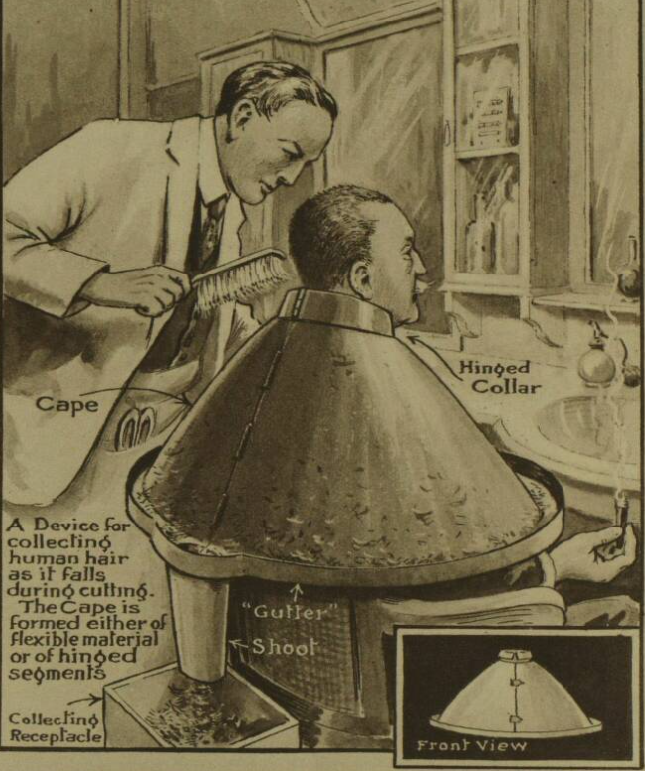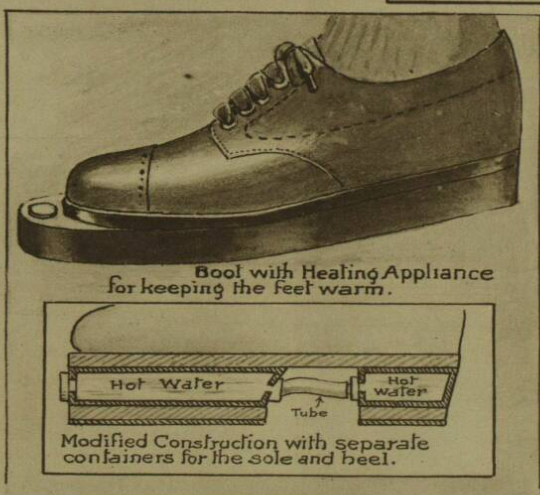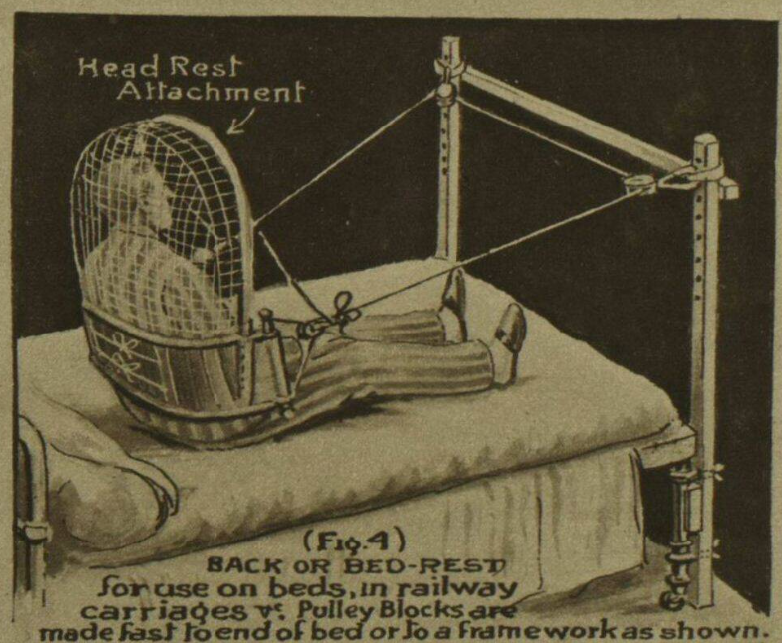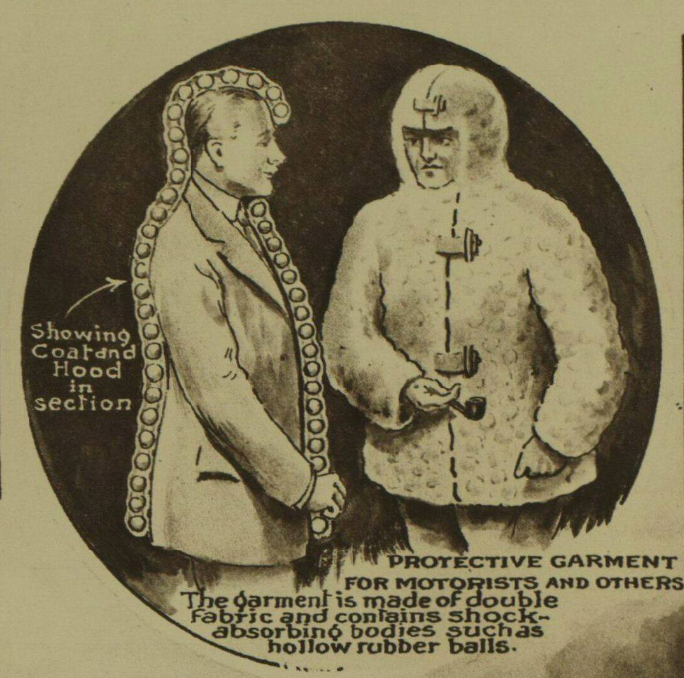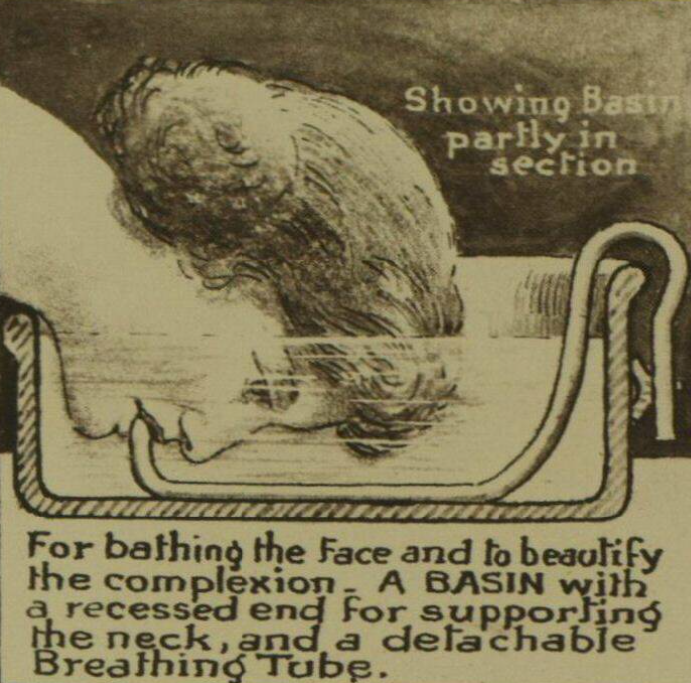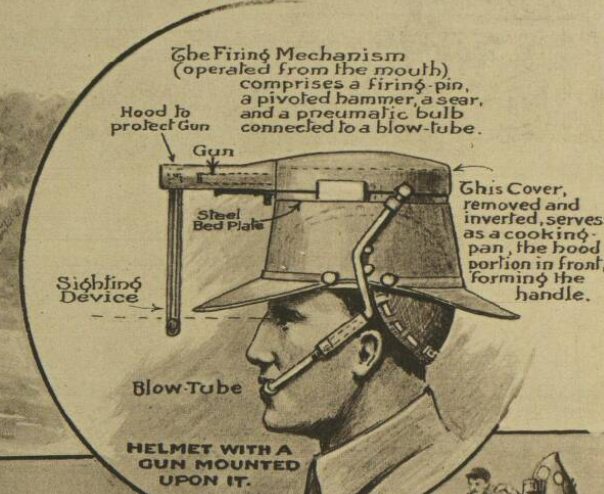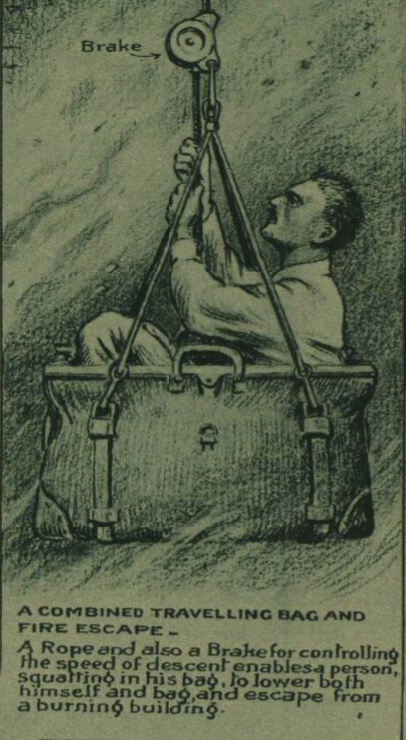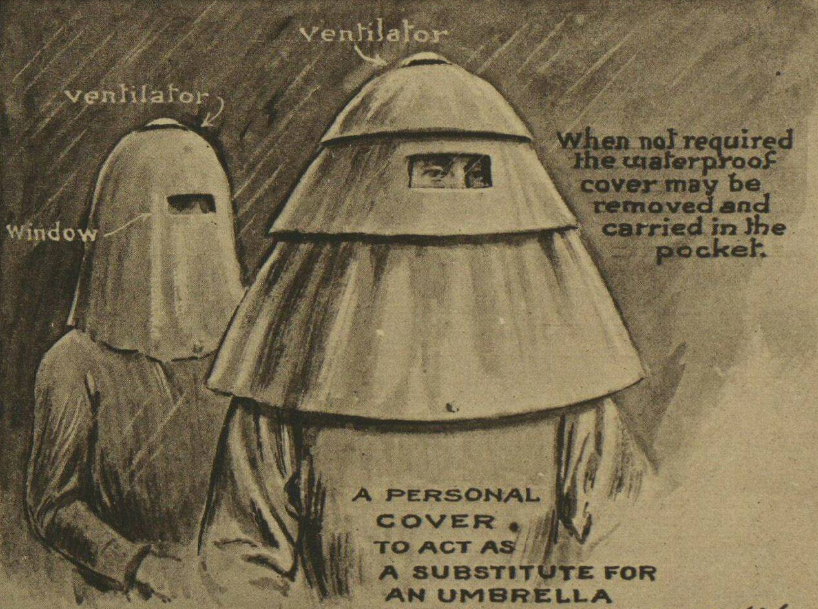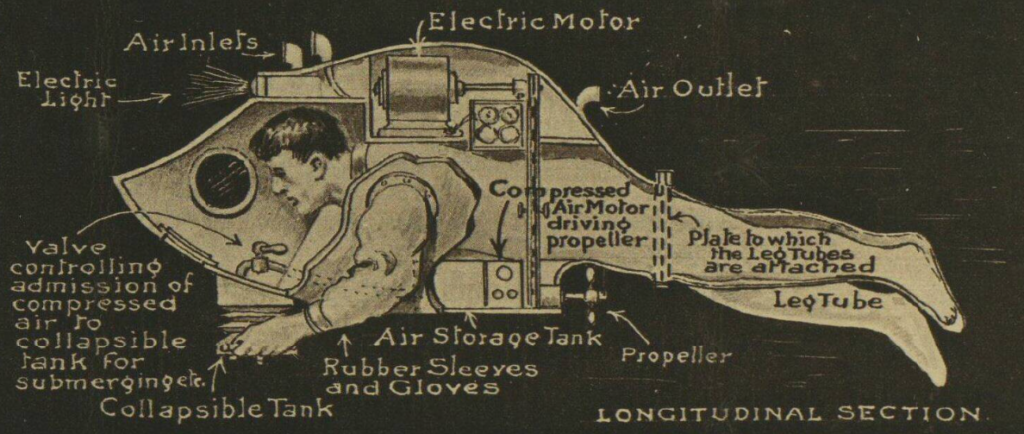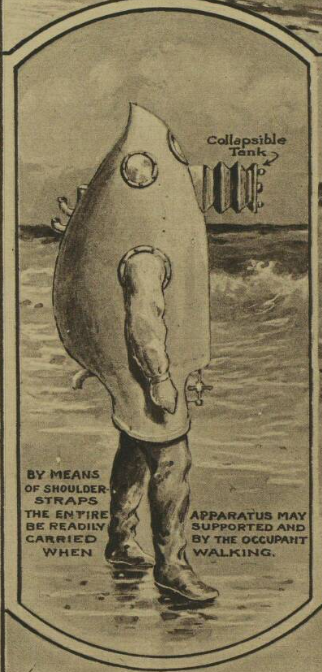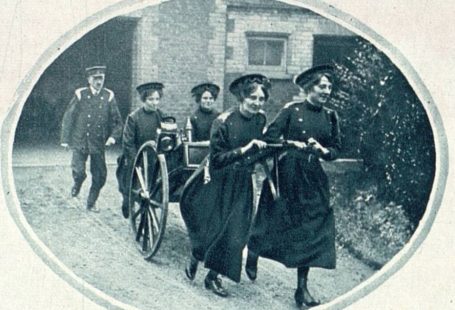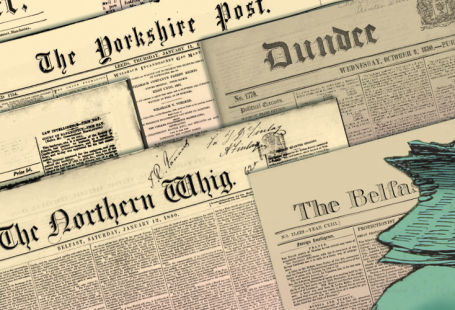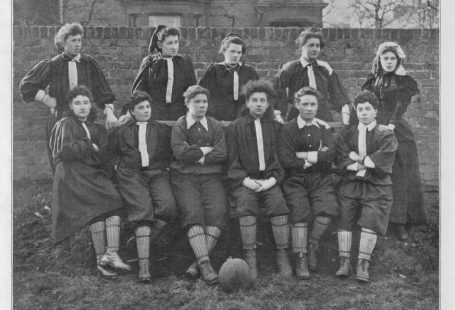In December 1920 the world’s first illustrated weekly news magazine the Illustrated London News delved into the ‘curiosities and ingenuities‘ of the Patent Office, featuring some of Britain’s most unusual rejected patents.
Illustrated by the publication’s own artist W.B. Robinson, the Illustrated London News presented a series of the bizarre designs that had been submitted to the Patent Office, but had since ‘lain dormant.’
We at The Archive were keen to delve into our collection’s cabinet of curiosities, and these rejected patents, as presented by the Illustrated London News, seemed like an excellent place to start. These interesting designs were all submitted to the Office of the Commissioners of Patents, which was founded in October 1852, and is known today as the Intellectual Property Office.
We’ve picked out the ten most unusual of these rejected patents, as visualised by W.B. Robinson. So without any further ado, let’s dive into our countdown.
Register now and explore the Archive
10. A hinged cape for hairdressers
At our number ten spot is one of our less unhinged ideas (see what we did there?) – a hinged cape for hairdressers. Let’s face it, we’ve all been at the hairdressers when some freshly cut hair manages to make its way onto your clothes, and then of course there’s all the mess that has to be cleaned up from the floor afterwards.
Well, this ‘device for collecting human hair as it falls during cutting’ was proposed as a solution to both of these problems, and was featured by the Illustrated London News on 8 January 1921, in the third of the series on rejected patents.
This wonderful cape, complete with a hinged collar, had a gutter at the bottom to catch hair, and a ‘shoot’ leading to a ‘collecting receptacle,’ where freshly cut hair could be gathered. The cape would be made from ‘either [a] flexible material or of hinged segments.’
9. Heated boots
Another rejected patent with some merit (although probably not any stylistic merit) was this boot with a ‘heating appliance for keeping the feet warm,’ which was featured in the same 8 January 1921 spread.
Underneath the shoe, the design envisioned ‘separate containers for the sole and heel,’ which would be filled with hot water and joined by a tube. From W.B. Robinson’s illustration, it’s possible to see a little cap at the front of the shoe through which the warm water would be poured.
A good idea for comfort, but a slightly unwieldy one in practice.
8. The Back or Bed Rest
Another rejected patent with comfort in mind was featured by the Illustrated London News on 22 January 1921. This unusual design was intended for use ‘on beds, for railway carriages.’ A ‘head rest attachment’ would be attached to two ‘pulley blocks,’ which were to be fastened to the end of a bed ‘or to a framework as shown.’
Presumably this would negate the need for lying down, and thus the need for pillows and bedlinen, and perhaps take up less space. Somewhat unsurprisingly, however, the idea did not catch on.
7. A protective garment for motorists
Our next rejected patent had safety rather than comfort in mind, and was designed to protect ‘motorists and others.’ This garment, which has something of the look of the Michelin Man, was made of ‘double fabric,’ and had a lining of ‘shock-absorbing bodies such as rubber balls’ to provide an extra layer of protection.
W.B. Robinson provided a view of both the garment as how it would look in actuality (note the pipe), as well as a cutaway view of the jacket, and its pioneering shock-absorbing balls. What is striking is how dangerous driving was at this time to merit such an innovation, although thankfully the need for such a costume was negated by advances in vehicular safety.
6. A beautification basin
What is notable about many of these rejected patents is how they seem intended for a masculine audience, with many of the illustrated models being men. Our next unusual rejected patent, which was featured beside our protective garment for motorists, stood out because it was intended for use by women.
This invention consisted of a basin for ‘bathing the face’ and for ‘beautifying the complexion.’ The model is shown with her face submerged in the basin, her neck supported by a ‘recessed end.’ Her eyes are open as she breathes through ‘a detachable breathing tube.’
We’ve all heard the saying ‘beauty is pain,’ and this idea looks more uncomfortable than anything else. Surely there are easier ways of beautifying one’s complexion!
5. Support for cigarette smokers
This next rejected patent was very much of its time, before the dangers of smoking were widely appreciated. Featured on 1 January 1921 in the Illustrated London News was this ‘new device’ which was ‘to be applied to the human face for holding a cigar etc in or adjacent to the mouth.’
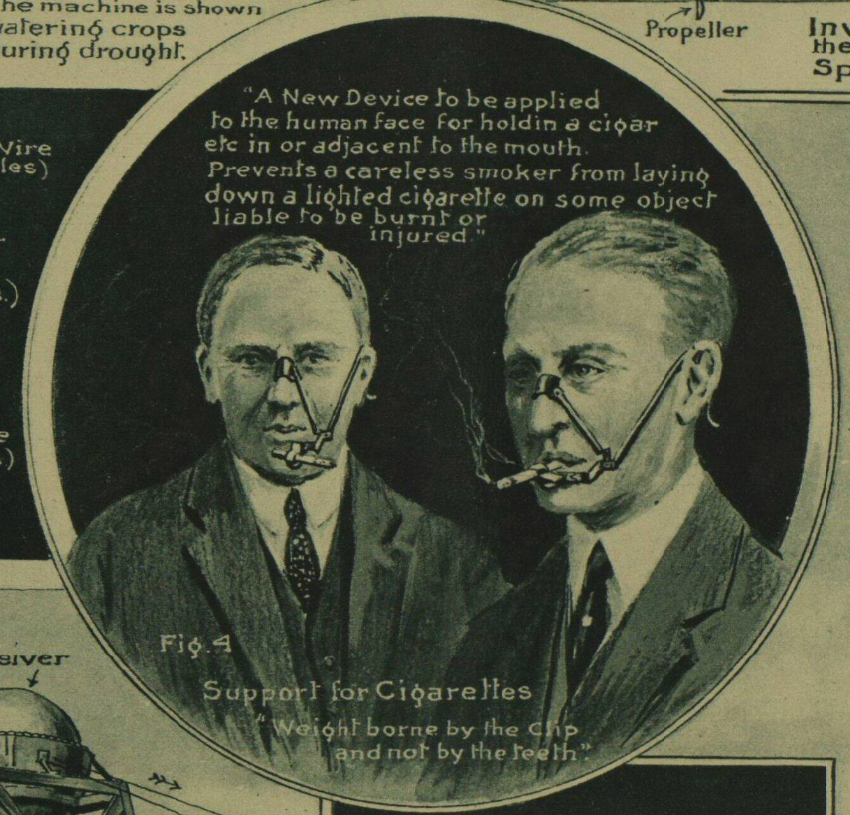
The idea behind this was twofold. First, the weight of the cigarette would be ‘borne by the clip and not by the teeth,’ thus making it easier to smoke and taking less of a toll on the body. Second, the contraption would prevent a ‘careless smoker from laying down a lighted cigarette on some object liable to be burnt or injured.’
We’re not sure how this would work alongside, say, the wearing of glasses, but the idea deserves some admiration for its attention to health and safety.
4. The gun hat
We are now really moving into the realms of the ridiculous with our next rejected patent, which the Illustrated London News on 25 December 1920, in its inaugural series on the Patent Office rejects, labelled the ‘helmet with a gun mounted upon it,’ or what we like to the call simply the ‘gun hat.’
Now, this wacky invention involved the wearer of the helmet firing a gun using their mouth. Using a blow tube, which was connected to a pneumatic bulb, a sear, a pivoted hammer and a firing-pin, the wearer could fire the gun that was attached to the top of their helmet.
Most ingeniously, the design allowed for a sighting device that was visible just below the rim of the helmet, with the gun itself above that, protected by a hood.
But perhaps the most ingenious thing about this was design was that it could be used in two different ways, primarily as a weapon, but the cover at the top of the helmet could be removed, inverted, and used as a frying pan, the hood cover ‘forming a handle.’
3. The travelling bag and fire escape combination
We now are in our top three of our most unusual rejected patents, and just about missing out on the top spot is this design, which appeared in the Illustrated London News on 29 January 1921.
This entry left us with perhaps more questions than answers, as W.B. Robinson presented us with a ‘combined travelling bag and fire escape.’ A man is shown sat in a large bag, or ‘squatting’ as the Illustrated London News puts it, using a rope and a break to ‘lower both himself and bag, and escape from a burning building.’
Whilst again, as with many of the entries on this list, the intent is a truly noble one, we couldn’t help but wonder about the practicalities of this invention. From where would the bag be lowered? Would one be expected to take one’s own travelling bag wherever one went, in case of such an unfortunate occasion?
2. The umbrella substitute
Nearly taking the top spot in our list of the most unusual rejected patents is this ‘substitute for an umbrella.’ Now the Illustrated London News actually named the umbrella as one of the most successful inventions, so why reinvent the wheel?
The inventor behind this particular design was intent in doing so, however, Britain’s wet weather no doubt being a key motivator. It’s not so much the intent of this invention that earns it a place as one of the most unusual rejected patents on The Archive, but the end result.
The design involves a ‘personal cover’ to protect the wearer against the rain, with a small window around the eye area to enable visibility. The prototype also featured a ‘ventilator’ at the top, so the person underneath could breath. For ease of use, the ‘waterproof cover may be removed and carried in the pocket.’

Protection against the rain, and umbrella alternatives, were a key consternation among patent applicants. The Illustrated London News on 19 February 1921 featured a range of ‘wet weather notions.’ These included a ‘rain shade,’ which could also be used as ‘a tent, a market-shade or as a wagon tilt,’ a covered cape on a frame that was worn around the waist, and umbrella with ‘detachable flaps,’ which consisted of a ‘curtain and an apron.’
1. A marine life-saving apparatus
Taking the top spot of our most unusual rejected patents featured in our Archive is a ‘marine life-saving apparatus.’ This particular notion seems to have captured artist W.B. Robinson’s imagination as he drew three different views of the design, well, four in all if we count the view of the suit coming over the horizon in a boat.
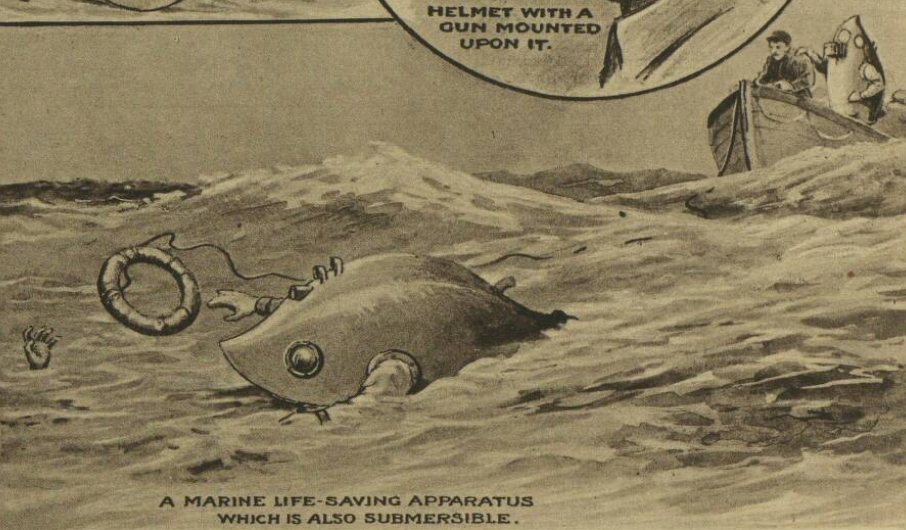
We love this design not only for its wonderfully wacky and shark-like appearance, but for its noble aims of saving lives at sea.
The apparatus was designed to be submersible, a sort of submarine suit for the wearer. Powered by an electric motor, it featured an air storage tank, a propellor, and electric light, allowing the wearer to move themselves through the waves.
The ‘life-saving apparatus’ was practical, too. The Illustrated London News describes how:
By means of shoulder-straps the entire apparatus may be readily supported and carried by the occupant by walking.
A good thing to know!
We hope you enjoyed our survey of the most unusual rejected patents featured in our Archive. What other curiosities can you uncover in the pages of our newspapers?


